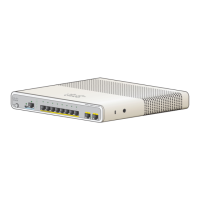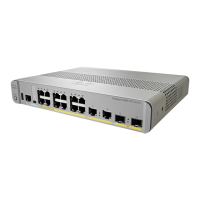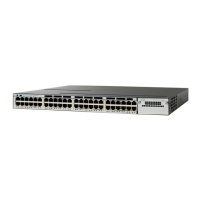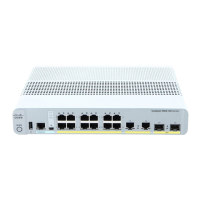2-17
Catalyst 3550 Multilayer Switch Hardware Installation Guide
78-11358-01
Chapter 2 Installing and Starting the Switch
Powering On the Switch and Running POST
Powering On the Switch and Running POST
If your configuration has an RPS, connect the switch and the RPS to the same AC
power source. Also, see the “Power Connectors” section on page 1-10, and refer
to the Cisco RPS documentation for more information.
Note Always put the RPS in standby mode when you are connecting devices to it
and in active mode during normal operation.
To power on the switch, follow these steps:
Step 1 Make sure that you have started the terminal emulation software program (such as
ProComm, HyperTerminal, tip, or minicom) from your management station.
Step 2 Connect one end of the AC power cord to the AC power connector on the switch.
Step 3 Connect the other end of the power cord to an AC power outlet.
As the switch powers on, it begins POST, a series of eight tests that run
automatically to ensure that the switch functions properly. When the switch
begins POST, the port LEDs turn amber for 2 seconds, and then they turn green.
The System LED flashes green, and the RPS LED turns off. As each test runs, the
port LEDs, starting with number 1, turn off. The remaining port LEDs each turn
off in sequence as the system completes a test.
When POST completes successfully, the port LEDs return to the status mode
display, indicating that the switch is operational. If a test fails, the port LED
associated with the test turns amber, and the system LED turns amber. If POST
fails, see Chapter 3, “Troubleshooting,” to determine a course of action.

